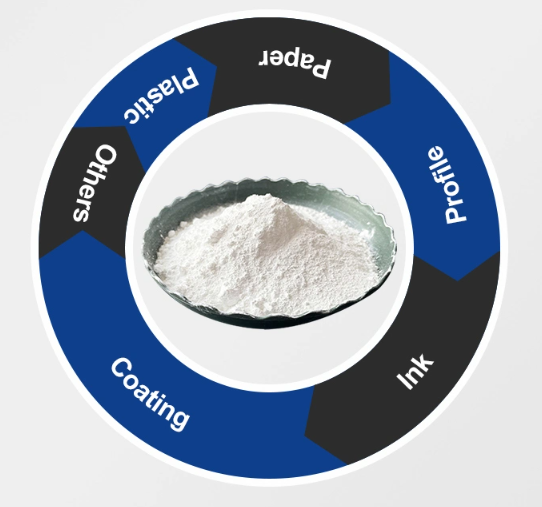
10 月 . 22, 2024 05:31 Back to list
china dioxide titanium cas 13463-67-7
The Significance of Titanium Dioxide (TiO2) in Modern Industry
Titanium dioxide, with the Chemical Abstracts Service (CAS) number 13463-67-7, is an inorganic compound that plays a pivotal role in a variety of industrial applications. Known for its exceptional opacity, brightness, and UV resistance, titanium dioxide is widely utilized in numerous sectors, including paints, coatings, plastics, and even in the food and cosmetics industries.
Production and Types of Titanium Dioxide
Titanium dioxide is primarily produced through two methods the sulfate process and the chloride process. The sulfate process involves the reaction of titanium ore with sulfuric acid, resulting in a slurry that is then purified. On the other hand, the chloride process utilizes chlorine gas to convert titanium ore into titanium tetrachloride, which is subsequently oxidized to produce TiO2. Both processes yield various grades of titanium dioxide, each suited for different applications.
There are several forms of TiO2, with the most common being Rutile and Anatase. Rutile, with its higher density and greater refractive index, is typically used in products requiring superior whitening and UV protection, such as in paints and cosmetics. Anatase, while slightly less effective in terms of opacity, is often favored in photocatalysis and environmental applications due to its semiconductor properties.
Applications in Various Industries
1. Paints and Coatings TiO2 is a key ingredient in the manufacturing of paints and coatings. Its high refractive index and excellent opacity allow for brighter and more durable paints. It provides substantial coverage and resistance to weathering, making it ideal for both indoor and outdoor applications.
2. Plastics and Polymers In the plastics industry, titanium dioxide is used as a pigment to enhance the whiteness and brightness of products while also improving weather resistance. It's commonly found in products like plastics, rubber, and even textiles, contributing to both aesthetics and durability.
china dioxide titanium cas 13463-67-7

3. Cosmetics Titanium dioxide is often included in cosmetic formulations as a pigment and UV filter. Its ability to scatter UV radiation makes it a favored component in sunscreen products, offering protection against harmful solar rays.
4. Food Industry In food applications, TiO2 is used as a colorant to enhance the visual appeal of products. Its use is regulated, and the FDA has deemed titanium dioxide safe for use in specific food products under certain conditions.
Environmental Impacts and Safety
Though titanium dioxide is generally considered safe for use in various applications, there are growing concerns regarding its environmental impact, especially regarding its production processes. The fine particles of TiO2, particularly those in the nanoparticle range, have raised questions about potential toxicity and environmental ramifications. Regulatory bodies are actively assessing these aspects to ensure safe usage and minimize environmental risks.
Moreover, advancements in technology are leading to more sustainable production methods and innovative applications for titanium dioxide, including its role in photocatalytic processes that break down pollutants in the environment.
Conclusion
Titanium dioxide (CAS 13463-67-7) is an essential compound in modern industry, significantly contributing to the quality and functionality of a wide array of products. As industries continue to evolve, the demand for high-performance materials like TiO2 will likely increase. Continuous research and development will ensure that the benefits of titanium dioxide can be harnessed safely and sustainably, paving the way for its enhanced role in a greener future.
-
Lithopone for Plastic & TiO2 R-5568/SK-6658 Masterbatch Solutions
NewsMay.30,2025
-
China Leading Rutile TiO2 Manufacturer - R5566 & R996 Grades Available
NewsMay.30,2025
-
High-Purity Anatase & Rutile TiO2 Powder Trusted Manufacturer
NewsMay.30,2025
-
High-Purity Anatase Products Trusted Supplier & Manufacturer
NewsMay.29,2025
-
Best Price Eco-Friendly Rutile TiO2 Supplier & Wholesale Factory
NewsMay.29,2025
-
Chinese Anatase Titanium Dioxide for Ceramic Glaze Reliable Supplier
NewsMay.29,2025
